Long after the horror subsides, the hidden indie horror gem “After Midnight” warms the heart; it’s exquisite horror with emotional heft.
Those words could be hard to hear, depending on how you hear them. When it comes to a horror film, those words sound like permission to kill the monster and save the day. But from the perspective of two lovers discussing the nature of their relationship, it sounds like an accusation, an honest observation about what’s always been wrong.
You.
But perhaps you only hear what you want to.
Yet this tug-of-war between monster-fueled terror and existential romance exists at the center of Jeremy Gardner’s 2019 indie horror film After Midnight, a pensive gem of independent horror. It’s a movie that turns lovelorn dread into a monster capable of ripping you asunder.
And sometimes, that’s as good as it gets.
The film tells the emotive tale of Hank (played by the film’s writer-director) and Abby (Bea Grant), a couple both passionate for one another yet pining for the next chapter of their relationship. Ten years in, the two haven’t married yet. Hank remains content, running a local bar. Abby, meanwhile, may be looking for more than the rural life in which she’s found herself.
So when Abby suddenly disappears – without a trace, without a note – Hank is beside himself in understanding his predicament.
But Abby’s absence is filled by the intrusion of a potentially lethal creature that now lurks on the property. Taunting Hank by night, the creature grows closer to invading his lonely, fragile home.
The film’s tension – after midnight – is real.
Whether confined to those daylight hours when Hank exhausts himself with the endless possible explanations for Abby’s disappearance or vexed by the creature’s nightly visits, the motion picture effectively maintains a sense of dread, both emotional and physical.
Every night, the creature snarls and makes noise as it moves through both the bush and the house. You can glimpse it – if you’re quick enough to see it – but it’s otherwise inexpressible. The viewer can only fill in the blanks with Gardner’s guarded directorial assistance, so for those looking for a creature feature that’s a bit more blatant in its storytelling, After Midnight won’t be the best time to find it.
The acting by Gardner and Grant is both controlled and organic. Both performers are always aware of their purpose yet free to roam freely.
The film could likely have taken several otherwise inconsequential yet meaningful detours through its use of improvised moments, but what Gardner and his crew capture is a rooted portrait of romance, whether in the midst of it or at the end of it.
Ultimately, After Midnight shares its DNA with other productions associated with Gardner and producers Justin Benson & Aaron Moorhead.
Something authentic courses through the film’s veins that pulsed through movies like The Battery (which was written by, directed by, and starred Gardner) and Spring (written by Justin Benson – directed by Benson & constant cohort Moorhead, who both went on to serve as creatives for Disney’s Moon Knight).
The Battery is a buddy movie: a heartwarming, hilarious, and horrific one. The film is the brief narrative of two friends surviving a zombie apocalypse and evaluating their patience for one another. Imagine marrying Jay & Silent Bob with the dread of Night of the Living Dead, and you’re on the right track.
Spring is a love story by any definition. But only if you accept a young man falling in love with a young woman who nightly transforms into a Lovecraftian creature helplessly intent on taking his life because – yes – that’s what Lovecraftian creatures do. Spring will ultimately remind you that love springs eternal.
Something authentic, even raw, unapologetic, and endearing, rests at the base of After Midnight.
Sometimes, it’s interesting to explore human conditions through horror films that we otherwise reserve for romantic comedies or heartrending dramas, those Earthbound human horrors.
Here, After Midnight confronts those nightmares without the pop gloss soundtrack of love songs.
Here, the siren’s song that attracts the viewer is the eclectic musicianship of the Parlor, an indie husband-wife duo allegedly named after a room in the 19th-century farmhouse where they live.
In this way, they’re perhaps the perfect sonic voice to provide definition to Hank and Abby’s dilemma.
In one of the film’s most prominent moments, the Parlor intones:
The lyric captures Hank’s discomfort as he nightly stares down a deadly fate at the claws of a seemingly invisible beast.
The film asks with ambiguity – for the majority of the film – if Hank is truly physically stalked by a monstrous creature on the property or if his own shortcomings as a lover have subconsciously manifested this savage thing as punishment.
Where cinematography is concerned, the movie – like the plot of the picture – is constantly moving, never fixed with a Steadicam, never allowing the viewer to become comfortable with what they’re seeing.
Whether as a flashback to Hank & Abby’s happier times or as the tense, ongoing onslaught on the home, the camera goes where the viewer’s eyes roam until Hank & Abby are fully exposed, sharing with one another everything that they’ve subjugated for so long.
Only then does the camera’s movement freeze for them so that the viewer is similarly incapable of escaping the uncomfortable conversation that comes with it.
After Midnight, at all times, serves as a guide through the movie’s labyrinth of lovemaking so as to position the viewer in the very moment that love is won or regrettably lost.
Yet despite the film’s reluctance to reveal the answer to its central question of the improbable monster, the production isn’t all heartbreak and slowly mounting peril.
As Hank’s well-meaning, often dim-witted friend Wade, Henry Zebrowski breaks the tension with a quiet, dry, and calculated amount of humor without allowing the viewer to forget that that thing is still out there.
But like the throes that accompany losing the one you love, After Midnight doesn’t reside solely in those muted, shadowy moments of the night when loneliness is strongest.
It lurks even in the broad daylight of Hank’s investigation into both Abby’s disappearance and the creature’s appearance. In this way, the film never solely relies upon one’s fear of the dark and things that go bump in the night.
For those who have experienced loss like this, no alarm clock announces when the worst of it will begin and, likewise, when it will ever stop.
When you recognize at long last that you’re in love, you somehow imagine that losing that someone would be the most unspeakable terror – the greatest threat to your precious life – you’ve ever endured, and that terror becomes paramount to Hank’s conflict in the movie.
Sometimes, you would be close to right, that there could be no anguish greater than that.
Other times, as played out in the darkest hours of the evening – After Midnight – the hyperbole is precisely what it is.
“You say,” Hank sings to Abby (recorded by Lisa Loeb), that saccharine pop ballad of the 1990s, “I only hear what I want to.”
And sometimes, that – like Gardner’s film – is as good as it gets.


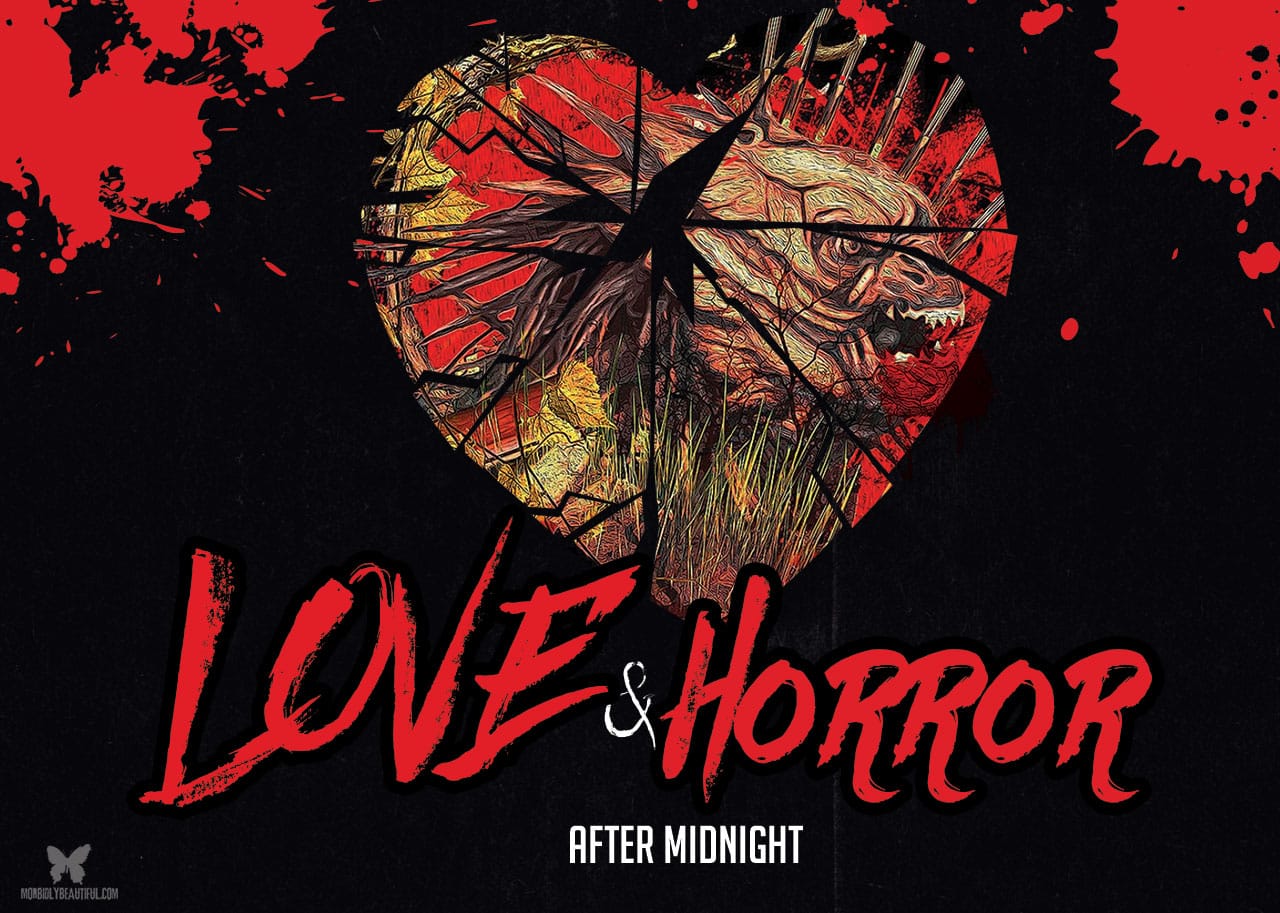
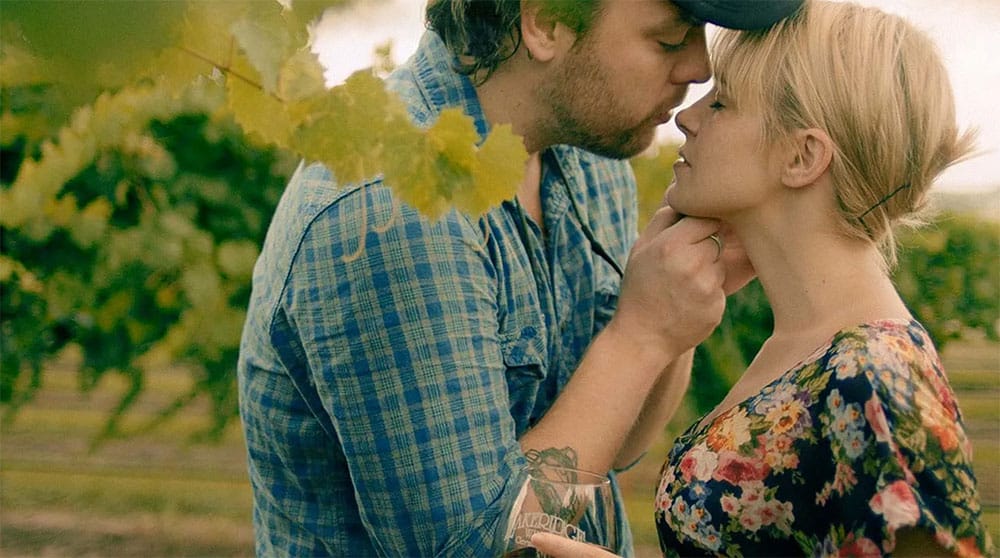
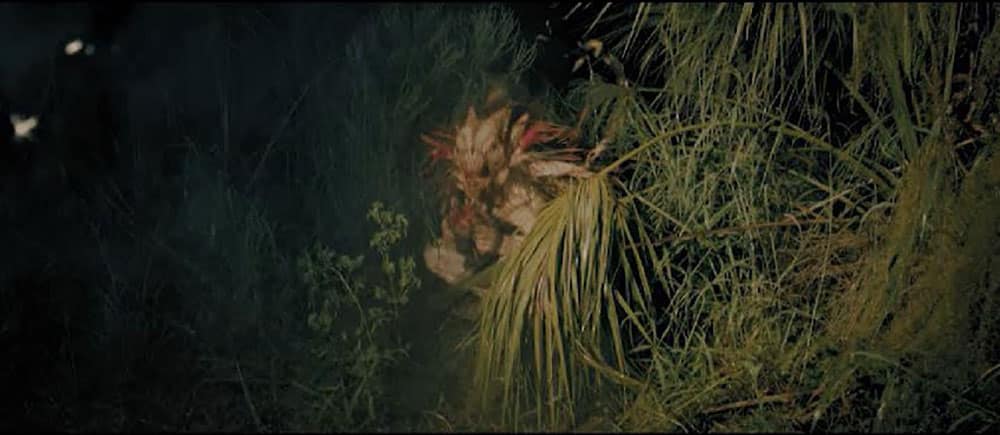

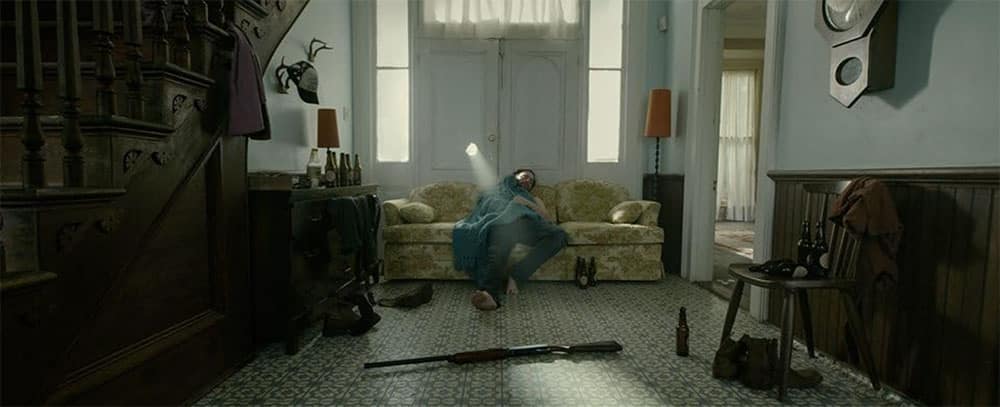
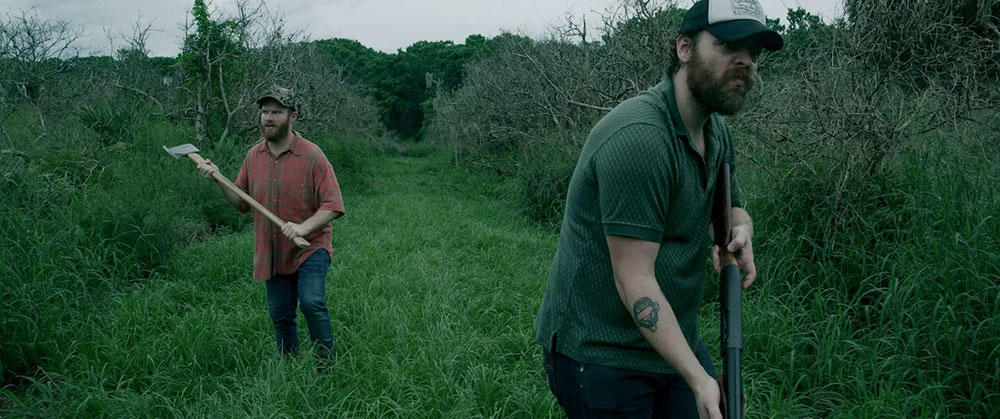
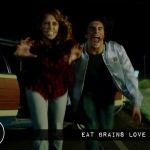
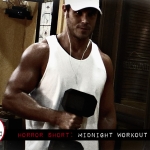
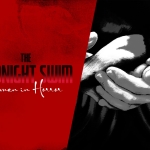
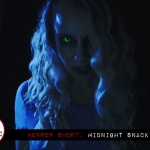


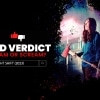




Follow Us!